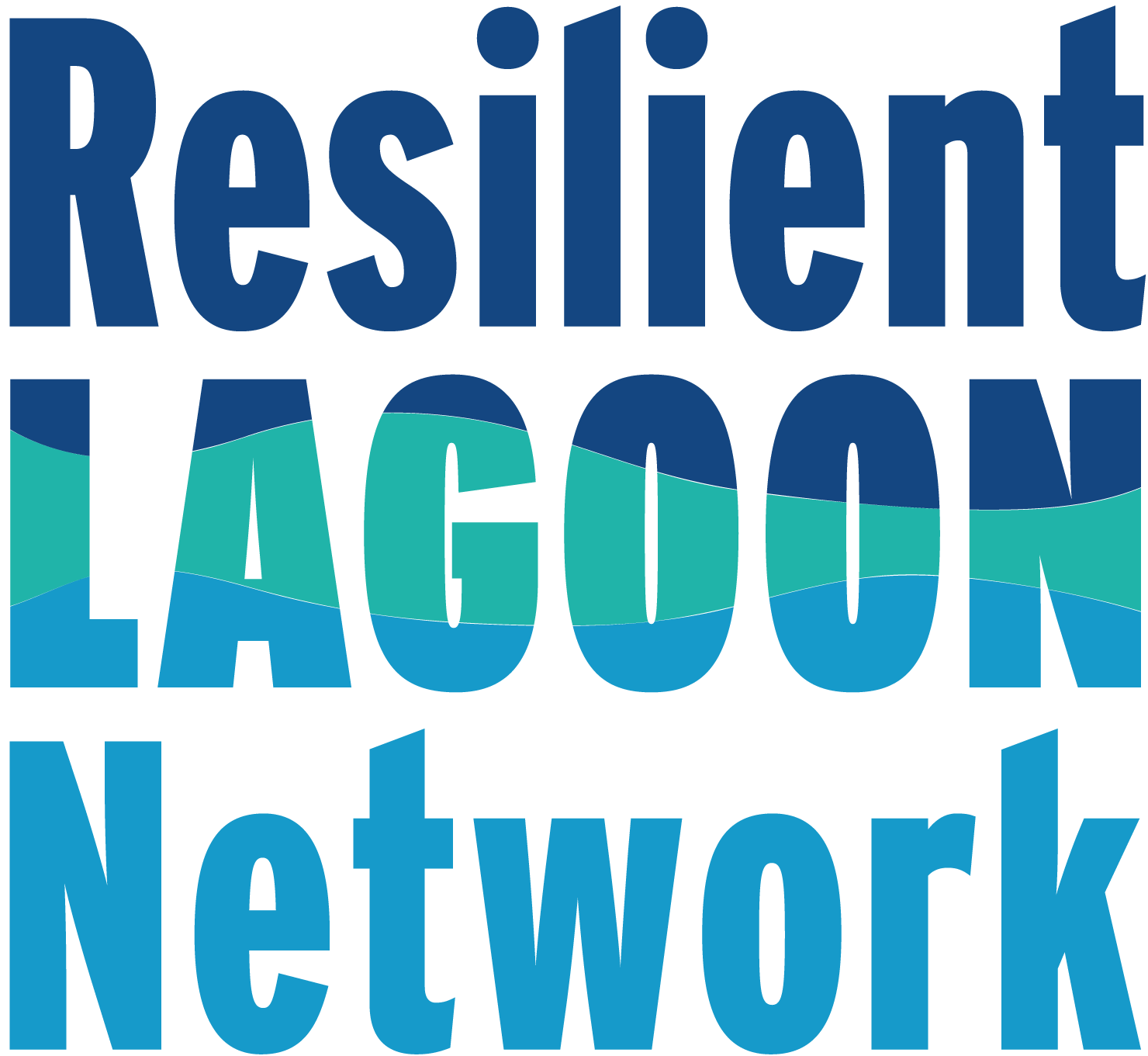A complex set of inter-connected challenges threatens the very existence of lagoons and the people that live around them. Population growth has placed increased pressure on lagoon resources. The lack of sanitation facilities causes water pollution and health risks. Sea level rise has eroded coastal land and increased flood risk. Shifts in climate have altered lagoon cycles and biota. There are limited studies to understand how the effects of these challenges directly affect lagoon communities and there is limited effective policy and governance in place to support solutions to address them.
The three Ps in microcosm
Sustainability issues are nowadays commonly framed in the context of the “three Ps” – people, the planet, and profit. This view holds that economic health is derived from environmental and societal wellbeing. Lagoon communities offer a microcosm of this global nexus.
As long ago as the 1990s, Africa’s coastal lagoon systems were estimated to deliver goods and services worth over US$500 billion a year. Providing both sustenance and livelihoods, fishing communities in particular still contribute to local and regional economies today.
Yet these communities are now being wracked by resource depletion, population growth, immigration, lack of sanitation, concerns over food security and other issues. This perfect storm threatens to significantly – and perhaps irrevocably – undermine each of the three Ps.

Troubled waters
Especially in West Africa and elsewhere in the global South, lagoon communities increasingly face an interconnected array of challenges that have environmental, social and governance (ESG) aspects. They also have potentially enormous economic implications.
Climate change is at the heart of many of these issues. There are also mounting difficulties around development, waste and resource management and livelihoods. Since these problems have numerous dimensions, the solutions are themselves likely to be multifaceted.
Coasts and climate change
Climate change affects lagoons in multiple ways. Sea level rise causes erosion and increases the risk of flood to lagoon communities. Changes to rainfall and temperature patterns have altered natural lagoon cycles and their ecosystems. Changes to climate have also altered fish catch and fishing practice with implications for the wellbeing and livelihood of lagoon fishing communities.




Migration, urbanisation and unplanned development
Many of the fastest growing centres of the population in the Global South are situated at the coast. In West Africa the bulk of mega-cities are located at lagoons: The economic capital of Ivory Coast, Abidjan, is built around the Ébrié Lagoon. The Korle lagoon has played a significant role in the development of Ghana’s capital, Accra. Half of Benin’s population live in Cotonou, the capital, which is located around Nokou Lagoon. In Togo, Lome, the capital is located on Lake (lagoon) Togo. Lagos, Nigeria’s largest city, Lagos, sits on the Western shores of Lagos lagoon. Lagoons can make good ports and harbours and are often the focus of ocean trade for these regions.



Waste, pollution and water quality
The lack of toilets and sanitation infrastructure is a problem in lagoon communities in both rural and urban locations. The lack of toilets forces open defecation, which together with poor sewage management causes water pollution and poses a serious risk to human health. Water quality of lagoons in cities is also negatively impacted by urban run-off, pollution from petroleum products and discharge of industrial waste high in heavy metals.
The lack of access to effective waste management solutions and continued use of imperishable plastics presents problems for the build up of solid waste. In the many lagoon communities that engage with fisheries, plastics caught in nets increases waste and reduces fishing efficacy.



Resource use
Lagoons provide resources that are essential to the livelihood, wellbeing and health of the communities surrounding them – they are the source of water for washing, fish for food and market, building materials and firewood. In the Global South mangroves, the primary lagoon vegetation and the key natural defence to sea level rise, are increasingly at risk from unsustainable harvesting.



Sustainable livelihoods
Coastal lagoons play a key role in fisheries and aquaculture, contributing to both regional and local economies. Small-scale fishing (SSF) is the main economic livelihood for communities living around lagoons in West Africa. Lagoon communities are not only reliant on locally caught fish for their livelihood but also their sustenance with SSF critical to local and regional food security. Enhancing the resilience of lagoon communities that engage in SSF is key to vibrant regional and local economies and access to sustainable, nutritious food sources.



A strategy for positive, lasting change – Finding solutions
From an academic point of view, this situation demands a uniquely interdisciplinary approach. From a broader perspective, a truly effective response is likely to require the involvement of a variety of stakeholders and a strategy that is both “bottom-up” and “top-down”
Finding successful solutions to sustainable coastal governance requires multidimensional approaches and the expansion of disciplinary boundaries. To realise solutions, participation from different institutions, researchers, policy-makers, practitioners and stakeholders is required to create multi-faceted processes of implementation.
As a multi-stakeholder platform, the RLN seeks to identify sustainable solutions by bringing together a different three Ps. Our goal is to unite policymakers and practitioners with people – that is, the individuals who live and work in the areas that are under threat.
By developing a shared understanding of their lived experience, we hope to give lagoon communities in West Africa and beyond a voice and encourage them to participate in the co-creation of adaptations to halt their environmental, societal and economic decline.
We believe this collaborative approach can provide a framework for dialogue and knowledge transfer and inform decision-making at community, regional and national levels. This, in turn, should help build long-term resilience and deliver positive, lasting change.

